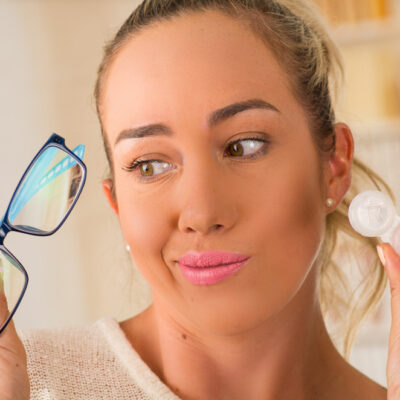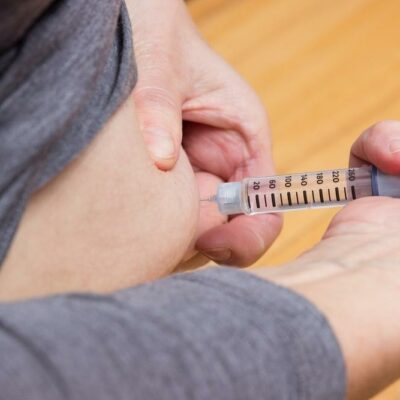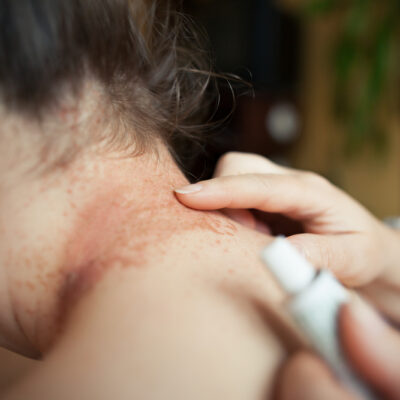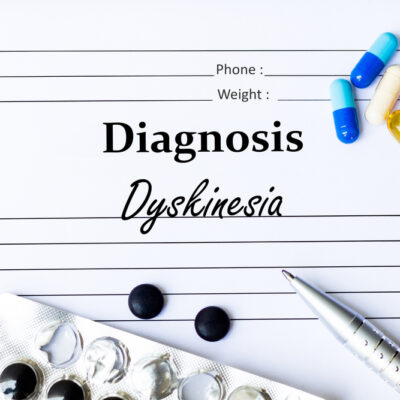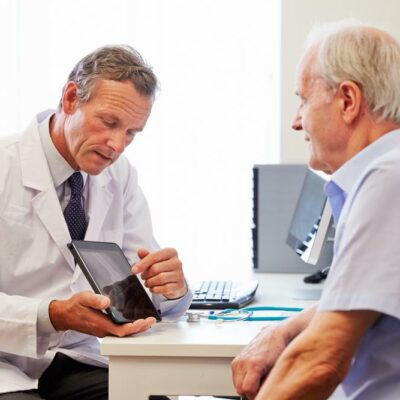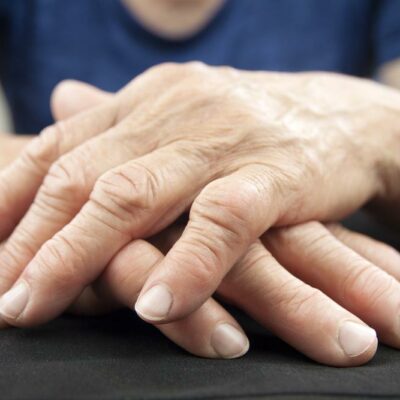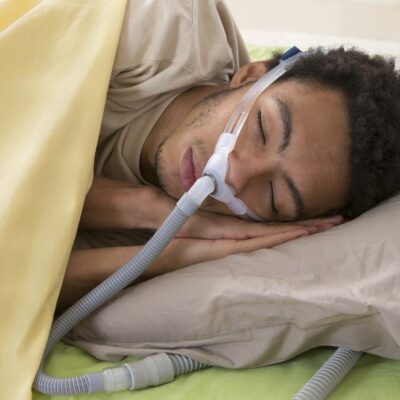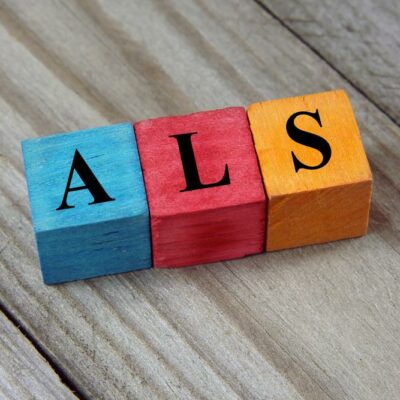
Health
Yoga Poses that Help Relieve Pain
It is quite common to experience shoulder and neck pain when you’re under stress. After all, we tend to store the most stress in our neck and shoulders, which can cause stiffness and knots. If you combine ongoing stress with a sedentary lifestyle, yes, those of you who sit at a desk for 8-hours or more a day, you can quickly end up with back pain and neck pain. The good news is that hitting your mat for a little stress-relieving stretching can help relieve pain and increase flexibility. Try on these pain-relieving yoga poses: Yoga poses for joint pain Whether you have a sore neck or a shoulder or are suffering from arthritis or joint pain, there are some excellent yoga poses, or asanas, to help soothe stiffness and discomfort. The following poses also work for patients suffering from fibromyalgia: Downward-facing dog This popular yoga pose stretches out the hamstrings, but also offers a yummy complete body stretch that targets the back extensors and large muscles in the lower back and hips. This pose also helps support and align the spine. Child’s pose Child’s pose helps elongate the back to relieve stress and pain. This is largely a resting pose, however, it can be turned into an active stretch when you extend and engage the arms and shoulders.
Read More 